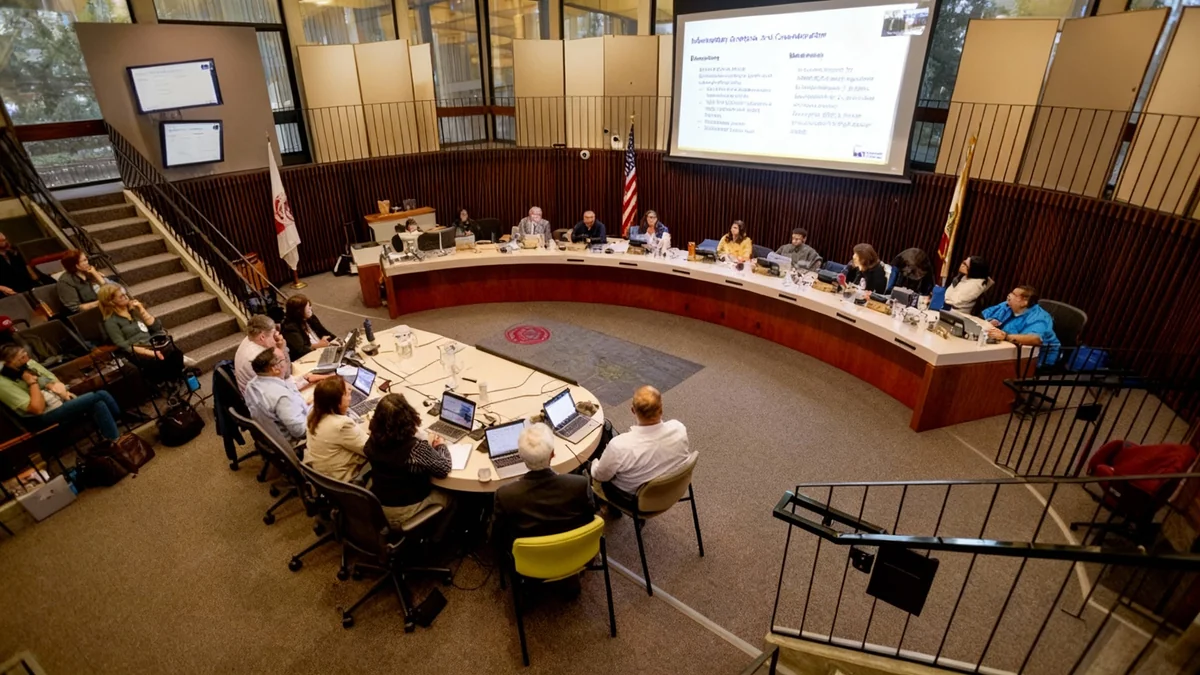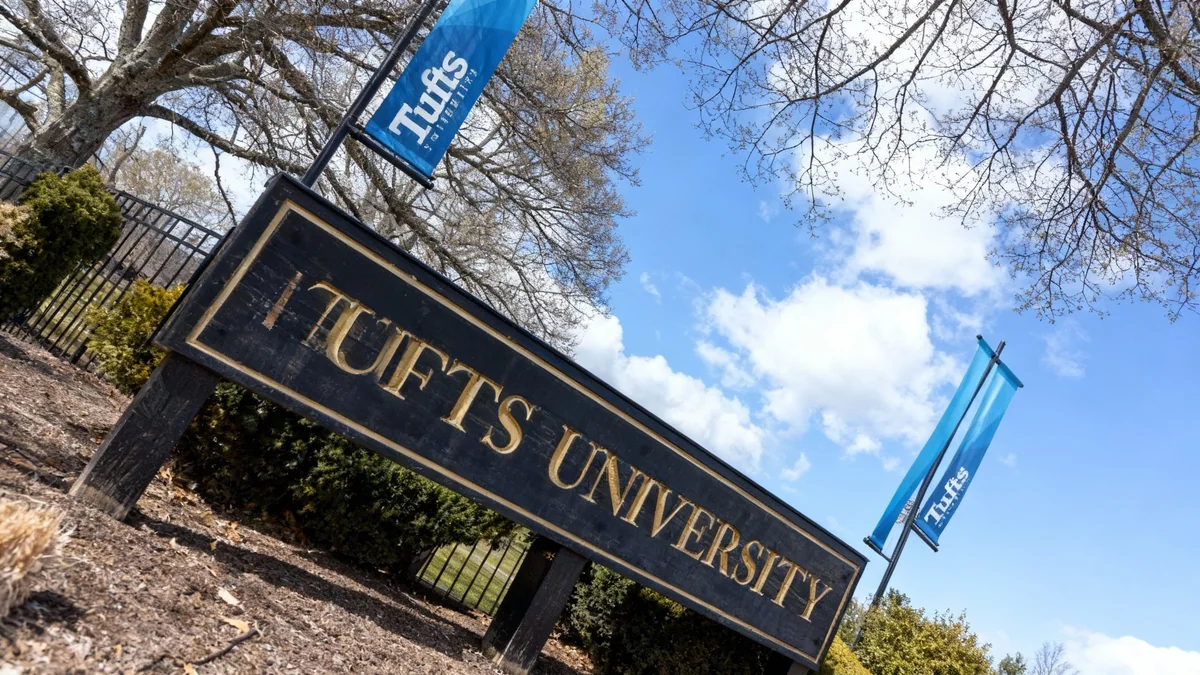Santa Rosa City Schools is implementing pay cuts for its highest-paid administrators as it confronts a severe budget deficit ranging from $10 million to $15 million. The move, initiated by Interim Superintendent Lisa August, is part of a broader strategy to avoid a state takeover of Sonoma County's largest school district.
These salary concessions precede anticipated layoffs of teachers and campus staff, which officials describe as unavoidable. The district's financial stability is under pressure, with a critical deadline in February to demonstrate significant cost savings.
Key Takeaways
- Santa Rosa City Schools must cut $10 million to $15 million from its budget this school year.
- Top district administrators, starting with the superintendent, are taking voluntary pay cuts.
- The district faces the risk of a state takeover if it cannot stabilize its finances by February.
- These cuts follow recent campus closures and come ahead of expected teacher layoffs.
- Staff costs, including salaries and benefits, account for approximately 85% of the district's annual budget.
Leadership Initiates Salary Reductions
In an effort to lead by example, Interim Superintendent Lisa August voluntarily agreed to a reduction in her compensation. Her annual salary of $261,537 will be decreased by more than $18,600 this year. Further reductions of $17,700 and $15,100 are planned for the subsequent two years.
This action sets the stage for similar concessions from other high-level employees. The district's assistant superintendents are scheduled to have their pay cuts considered next, followed by votes on salary reductions for managers at both the district office and individual school sites.
"As we look at all options to address current and long-term budget impacts… it does involve looking at employee concessions," August stated at an October 8 board meeting. "It’s important that this process start at the top."
Background: A Deepening Financial Problem
The district's financial struggles are not new. In June, officials closed four school campuses to reduce operational costs. Despite this significant move, the long-term deficit persists, prompting plans to close at least two more schools at the end of the current academic year. If the district fails to make substantial progress in cutting costs by February, it could run out of cash, leading to state receivership—a first for any school system in Sonoma County.
Scrutiny Over Administrative Staffing
The decision to cut administrative pay comes after sustained criticism from teachers and staff unions regarding the size of the district's central office. Union representatives have pointed to what they describe as a top-heavy administrative structure, where dozens of officials earn six-figure salaries.
Kathryn Howell, President of the Santa Rosa Teachers Association, has been a vocal critic. Before the board approved 150 layoffs earlier this year—affecting mostly teachers—she urged officials to first reduce administrative positions.
"We always talk about cuts far away from the classroom and these don’t seem like those cuts," Howell said in February. "These seem like the district structure that’s already top-heavy with administration, is maintaining that top-heaviness."
Administrative Growth vs. Student Decline
Over the last five years, while student enrollment has steadily declined, the number of administrators at the district office has increased. Data shows the administrative staff grew from 36 to 44, costing the district's general fund a total of $4.8 million annually.
Justification for New Hires
Among the recent additions are a director of school innovation and a coordinator of curriculum and professional learning. Both positions command six-figure salaries, although they are partially supported by grants and other external funds.
Superintendent August acknowledged the cost but defended the hires as essential for the district's long-term strategy. She explained the innovation director is critical for managing the transition to combined junior-senior high school campuses and improving student recruitment from feeder schools.
"Something we’re criticized for often is not having a concerted outreach and marketing when working with our feeder schools and making sure that we are capturing all of the students living in our district," August said. "This position is absolutely to support that." The district's share of this position's salary is $34,575, with the remaining 75% funded by grants.
Symbolic Cuts from the School Board
The district's seven-member school board was the first governing body to approve pay concessions. In a symbolic gesture, trustees voted to suspend a 5% stipend increase they had approved in June. This move results in a monthly reduction of about $26 for each board member, who typically receives a stipend of around $550 per month.
The total savings from the board's collective pay cut will amount to just over $1,600 by the end of the fiscal year on June 30. While a small fraction of the overall deficit, most board members felt it was a necessary first step.
"If we don’t go first as an entity then we are setting a terrible example for everyone else that we’re going to be asking to help solve this problem that fundamentally, as the entity of the board, we created," said board Vice President Nick Caston.
The decision was not unanimous. Trustee Omar Medina voted against the stipend suspension, expressing concern that it could negatively impact the recruitment of future board members.
The Path Forward
With administrative pay cuts underway, the focus will soon shift to broader staffing reductions. The district has made it clear that payroll, which constitutes 85% of its budget, must be a primary area for cuts.
Superintendent August emphasized that all positions and departments are being re-evaluated to distinguish between optimal staffing levels and the essential staffing needed to simply function.
"Everything has to be looked at again, always," August noted. "There’s a difference between operating with optimal staffing versus the staffing you need to get by. That’s what we have to look at as we’re moving forward." The coming months will be critical as Santa Rosa City Schools works to implement these difficult changes and secure its financial future.





